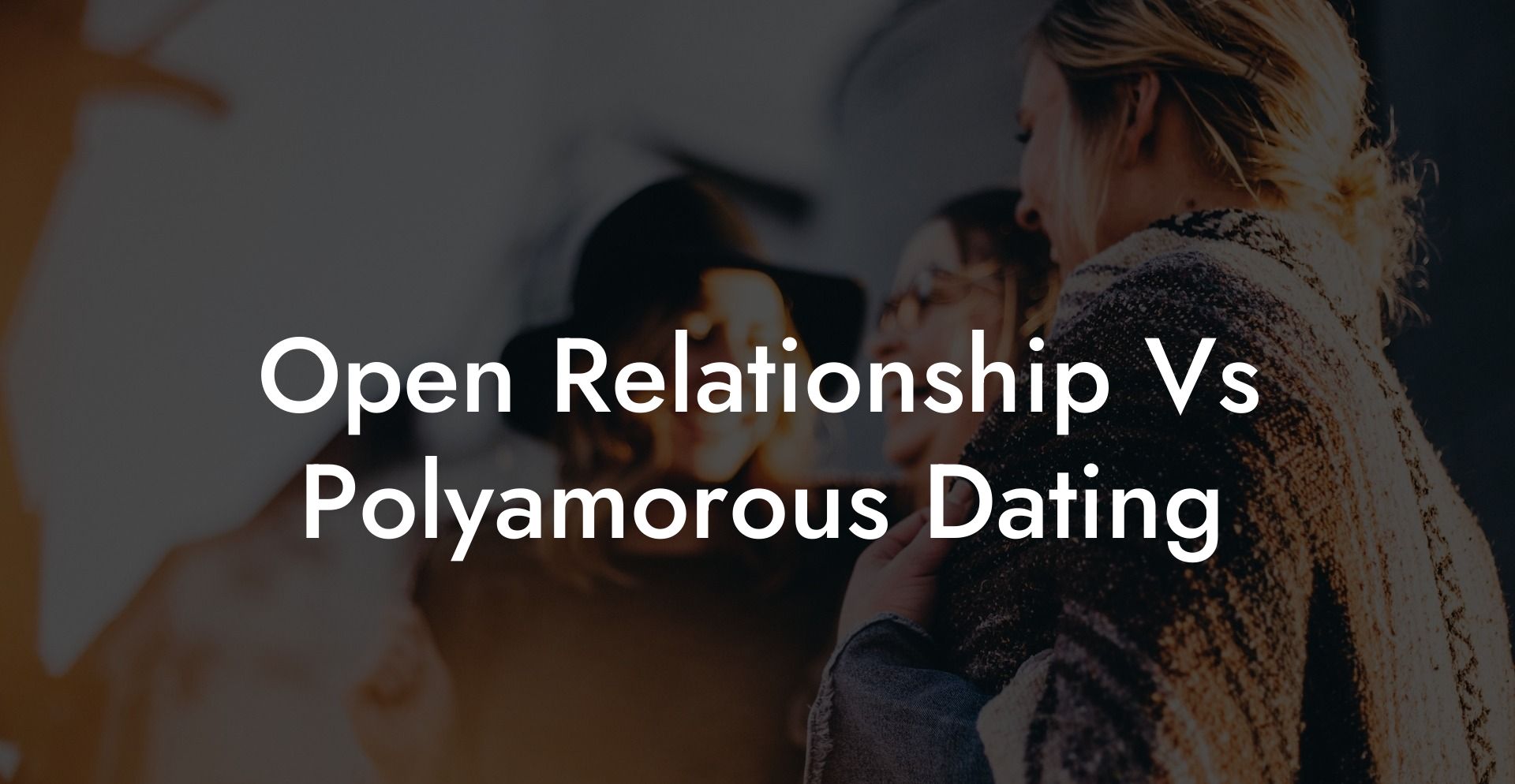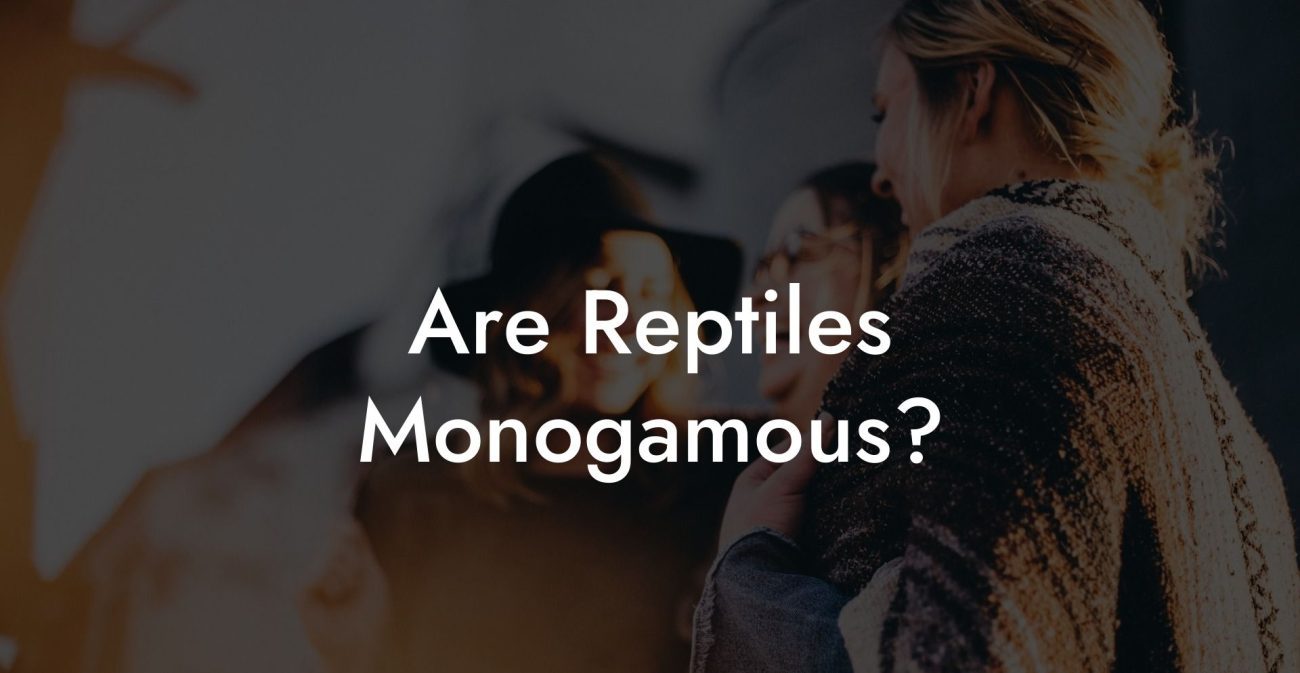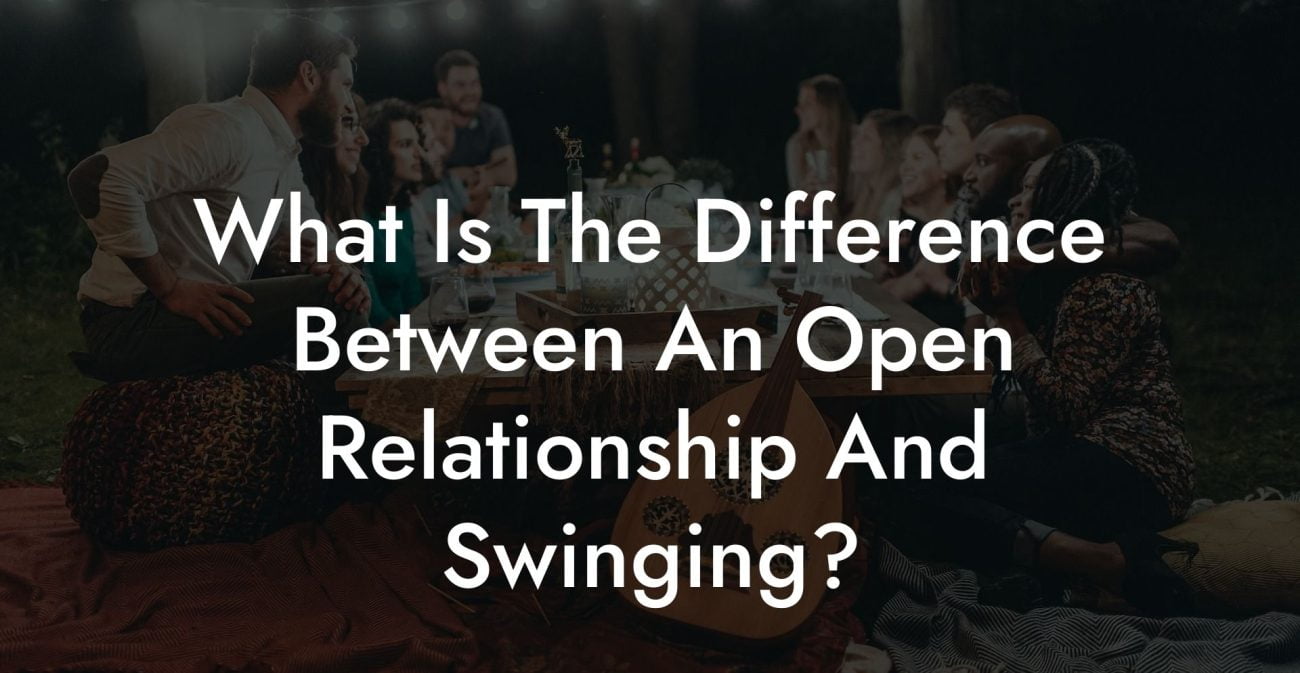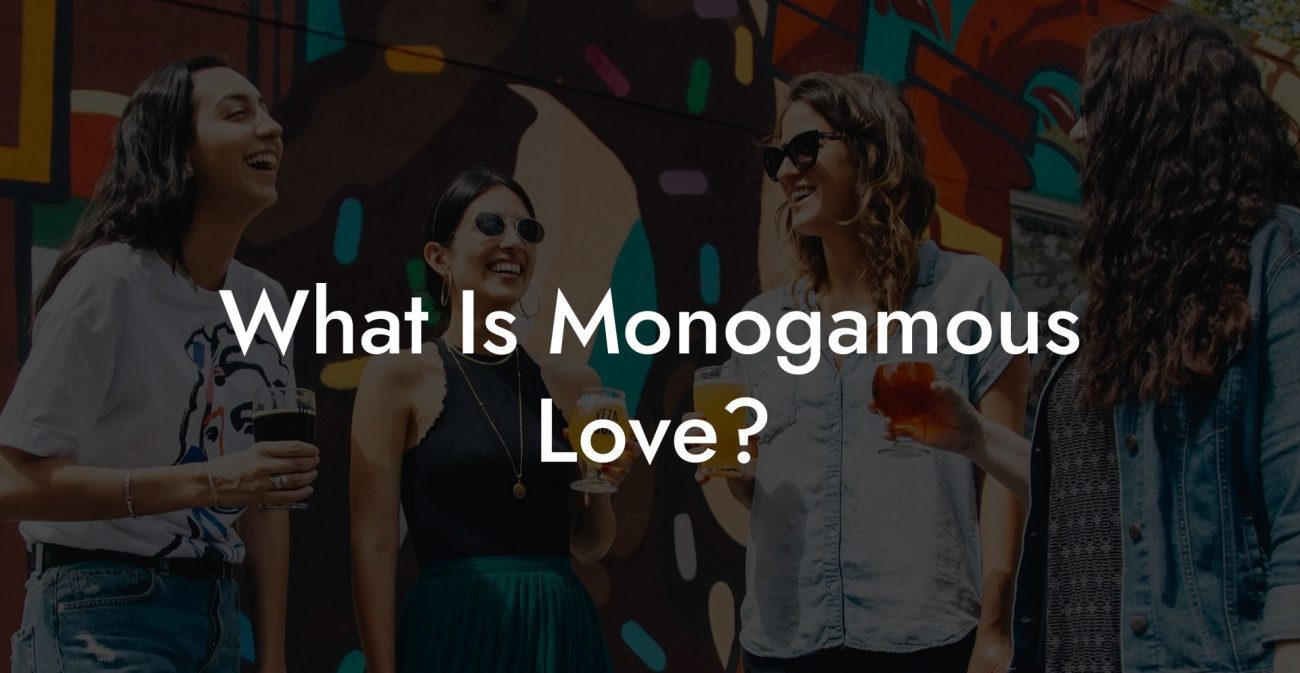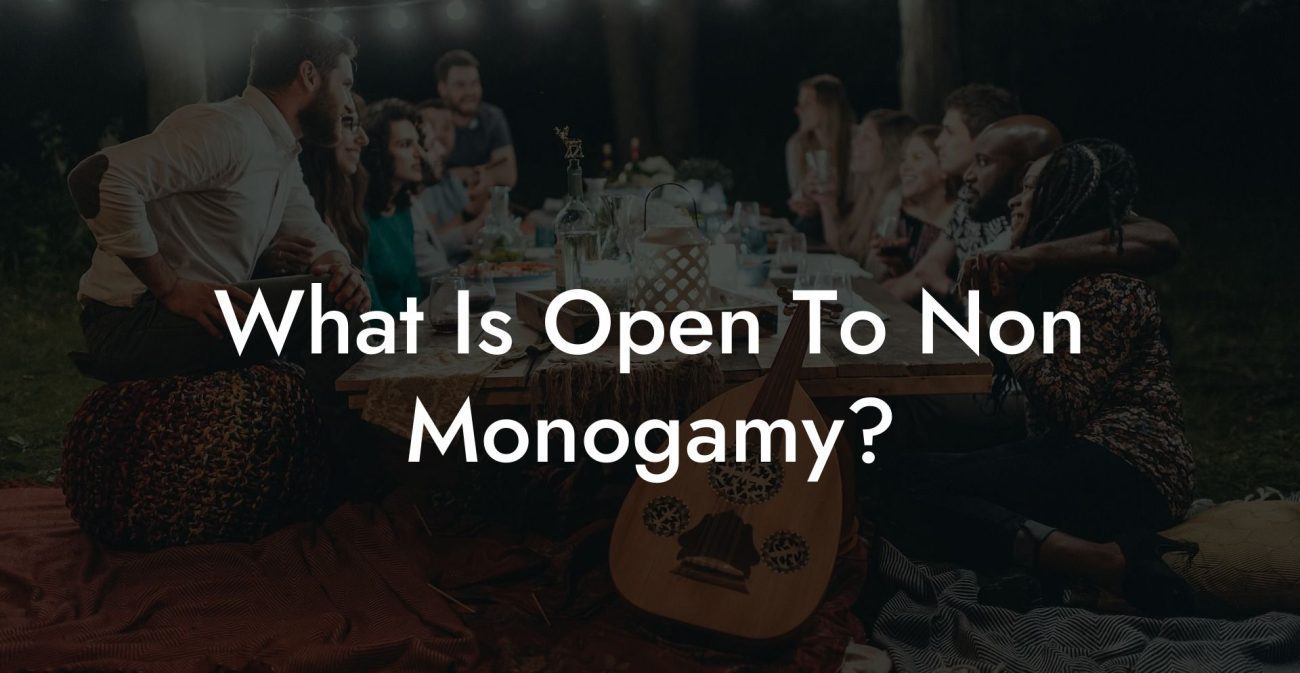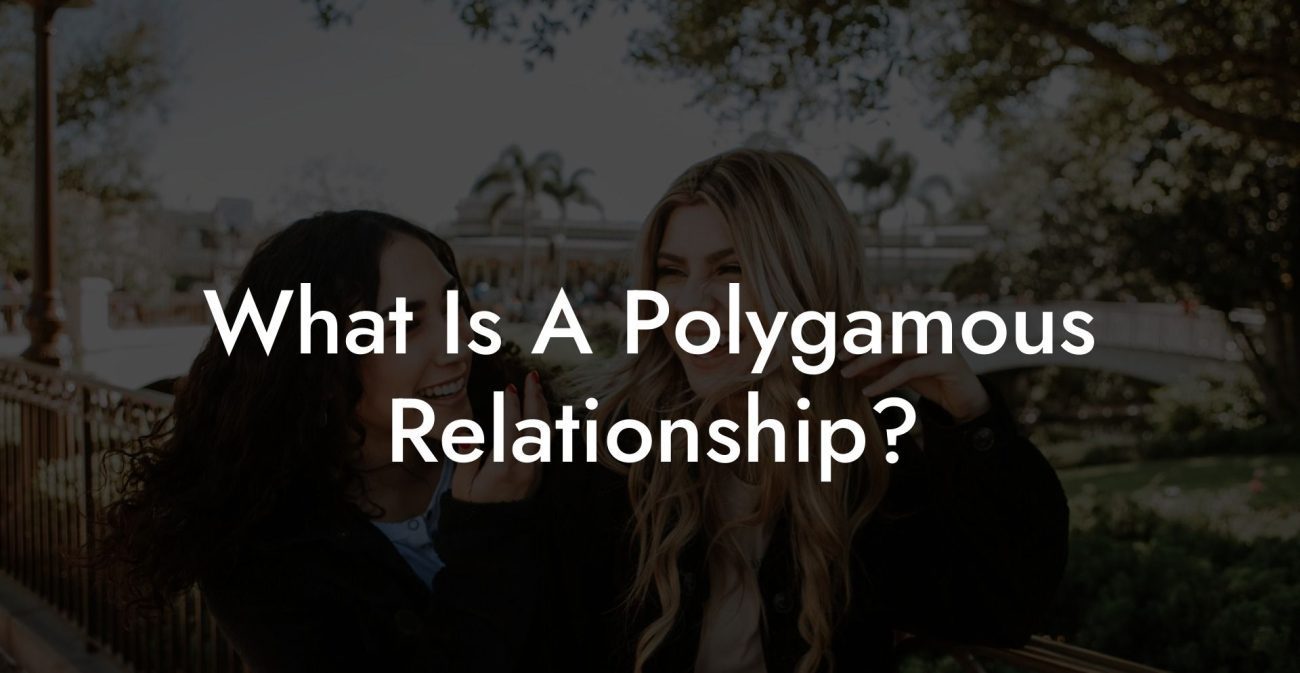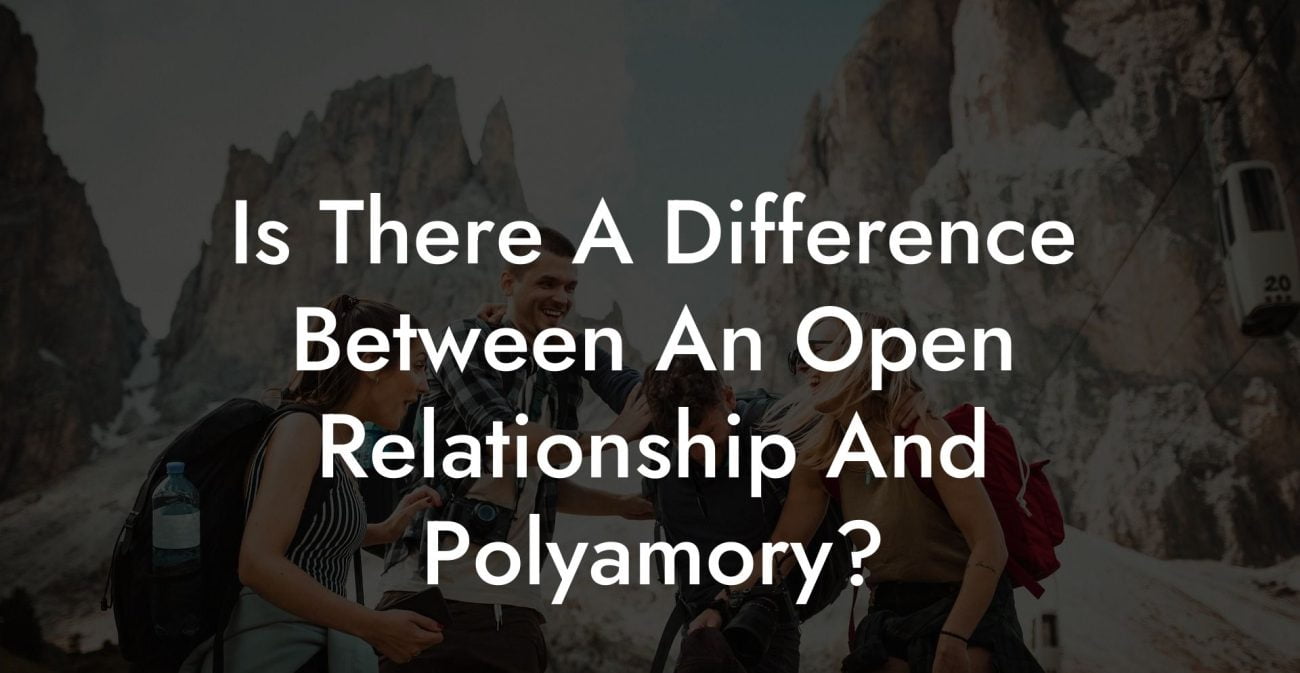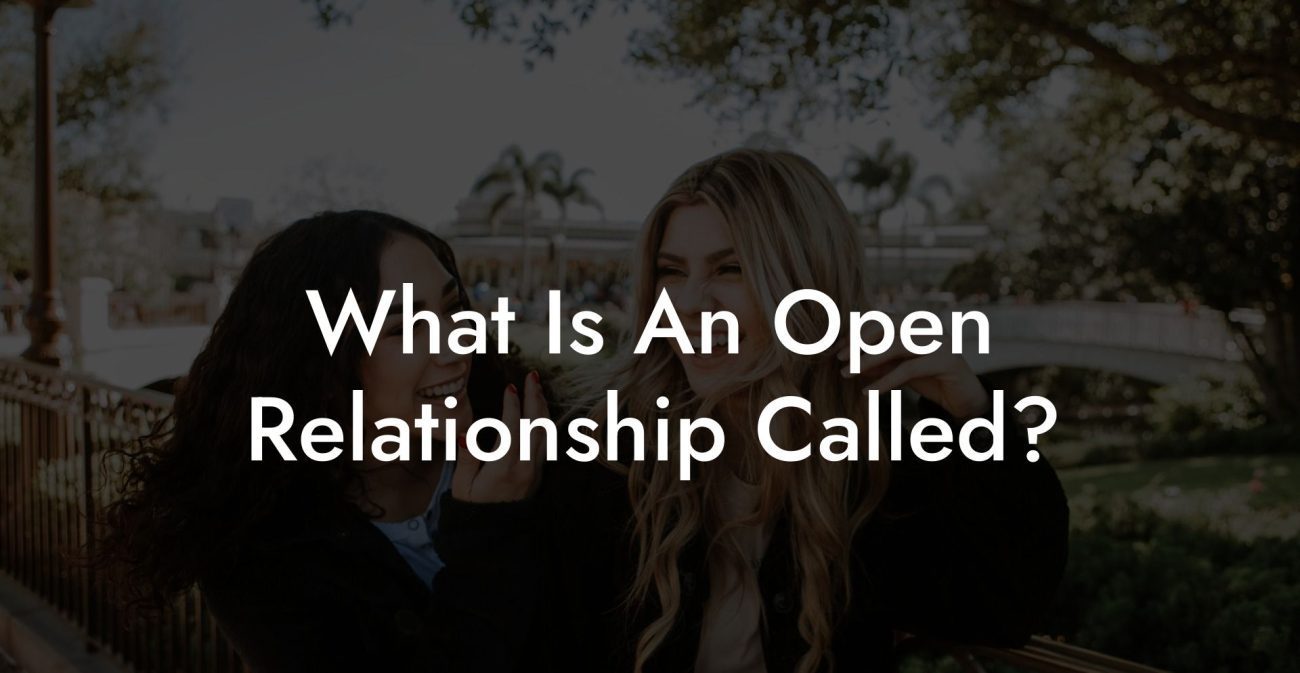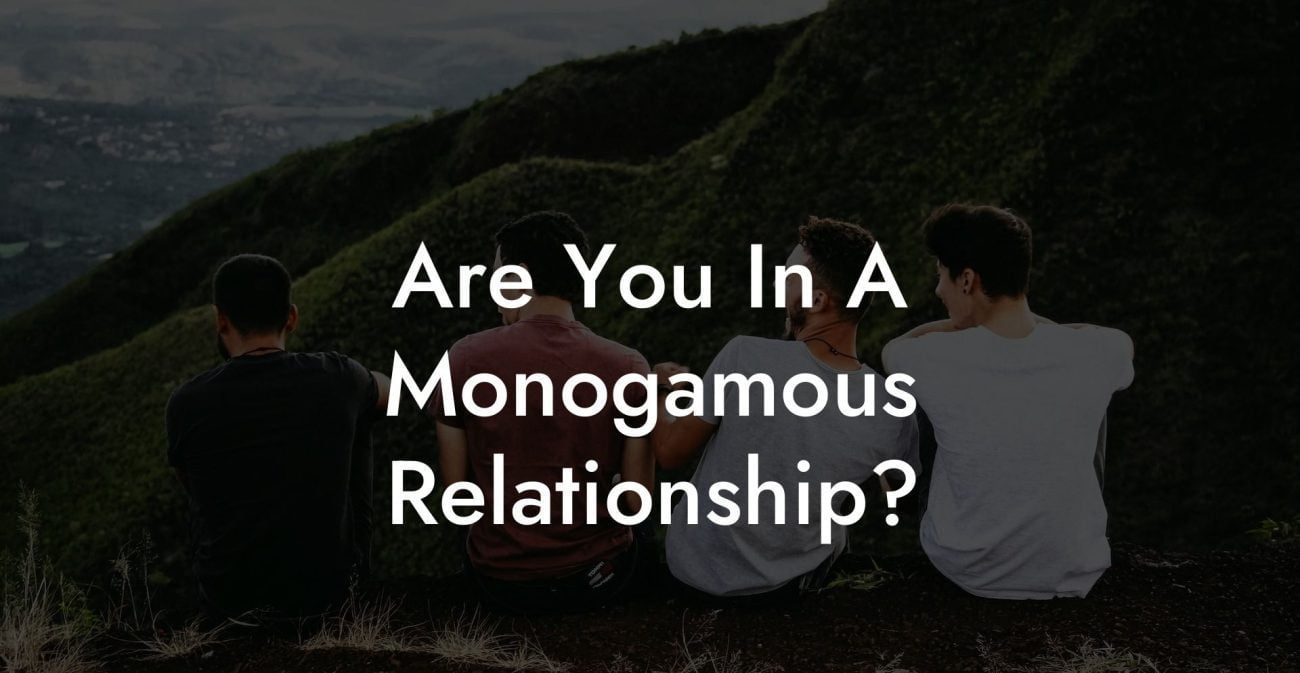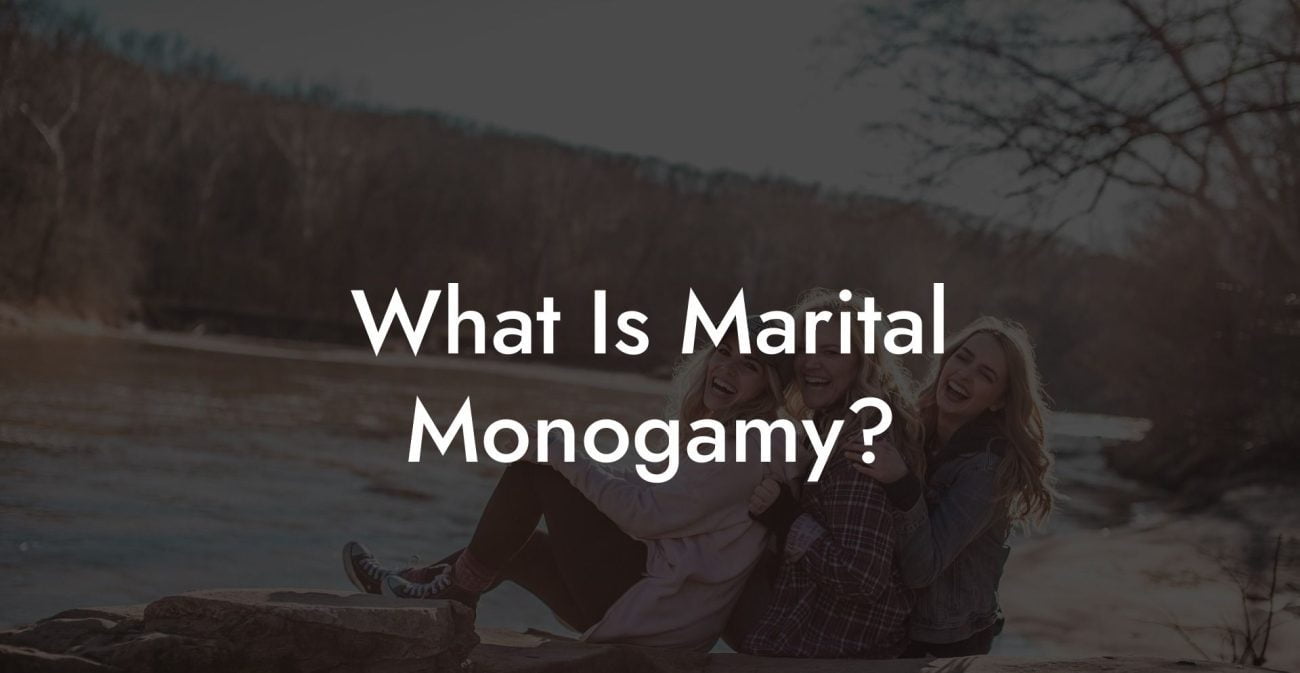The world of non-monogamy is quite vast and diverse. As more and more people explore the idea of sharing love and fostering connections beyond just one person, it becomes important to shine a light on the different forms of non-monogamous relationships. Two of the most popular ones are open relationships and polyamorous dating. In this article, we will dive deep into the distinct features, similarities, and differences between these two popular alternative relationship styles.
Open Relationship Vs Polyamorous Dating Table of Contents
What is an Open Relationship?
Open relationships, also known as “ethical non-monogamy,” are typically defined as relationships where both partners are open to forming romantic and/or sexual relationships with other people. In this framework, a couple decides to be committed to each other but also pursues other connections outside their primary partnership. Although many open relationships adhere to some basic rules or boundaries set by the couple, each relationship is different and may operate based on specific agreements made between the two primary partners.
Key Features of an Open Relationship
- Primary partnership: Each person is in a committed relationship with their main partner
- Non-exclusivity: Both partners have the freedom to explore their sexuality and emotions with others
- Boundaries: The couple typically sets rules, guidelines, and limits to maintain respect, trust, and communication within their partnership
What is Polyamorous Dating?
Polyamory, which is derived from the Greek words meaning "many loves," is the approach to relationships where a person can form multiple romantic and/or sexual relationships at the same time, with all parties involved being aware of each other's existing relationships. The emphasis in polyamory is on love, trust, and emotional connections with multiple partners rather than just casual encounters.
Key Features of Polyamorous Dating
- Love-based model: Polyamory encourages emotional connections and deep relationships with multiple partners
- Diverse relationship structures: The structure of a polyamorous relationship can differ greatly - from throuples to larger networks
- Open communication: Honesty and communication are crucial for polyamory as all parties need to be aware of each other's feelings, boundaries, and agreements
Open Relationship vs. Polyamorous Dating
While both open relationships and polyamorous dating exist within the realm of non-monogamy, they have distinct characteristics that set them apart from each other. Let's explore some of the key differences between the two:
1. The Nature of Connections: Open relationships are often focused on the primary partnership, with other connections being more casual and fun. In contrast, polyamory is about forming multiple deep, emotional, and long-lasting relationships with multiple partners.
2. Relationship Structure: Open relationships mostly focus on a primary partnership, with other connections being secondary. Polyamorous relationships, on the other hand, can have more diverse and complex structures involving multiple partners on equal footing or in hierarchical tiers.
3. Communication: While communication is essential for any relationship, polyamorous dating may require more open and ongoing communication, as it often involves more people, emotions, and interconnectedness.
Open Relationship Vs Polyamorous Dating Example:
Imagine a couple, Alex and Sam, who have been together for a few years and decide to open their relationship. They agree that it's okay for them to form casual relationships, but they prioritize their main partnership. This dynamic would classify as an open relationship.
On the other hand, Ruby is in a polyamorous relationship where she has two committed partners, Taylor and Casey. They all form a "triad" and are equally committed to each other. This relationship structure is a clear example of polyamorous dating.
So, although open relationships and polyamorous dating may share similarities in breaking away from monogamy, they have distinct differences that make them unique in their own ways. To find what works best for you, explore your own needs, desires, and boundaries. Keep an open mind, communicate honestly, and embrace your journey while respecting your partners' needs as well. If this article resonated with you, feel free to share it with others who may be curious about non-monogamous relationships or looking to understand the difference between open relationships and polyamorous dating. And don't forget to check the other insightful guides here at The Monogamy Experiment!

